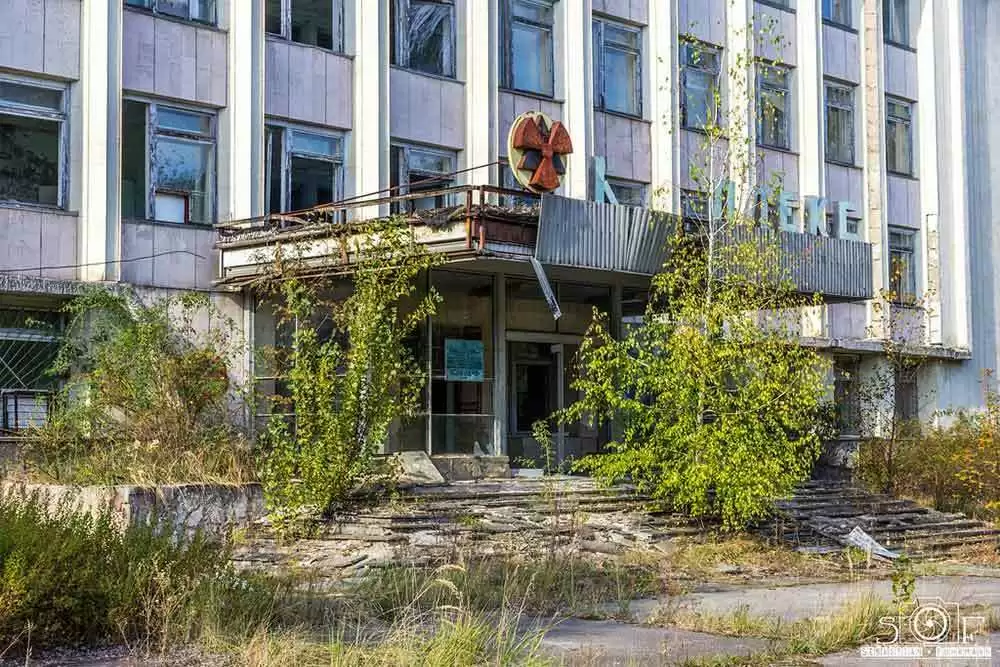
Celiac.com 07/15/2024 - Recent geopolitical tensions, particularly in Europe, have significantly disrupted global supply chains for food raw materials. This disruption has necessitated the search for alternative sources of essential commodities like sunflower oils and cereals. Historically, Russia and Ukraine have been major suppliers of these goods, contributing a substantial percentage of the global sunflower oil and seed trade and serving as primary sources of wheat imports for many countries. The ongoing conflict has severely impacted the export capabilities of these nations, leading to increased prices and shortages.
As a result, food processors have turned to alternative sources, which introduces new risks, particularly for individuals with food allergies. One emerging concern is the presence of botanical impurities—unintentional plant-derived contaminants—that can infiltrate the food supply chain at various stages of production, processing, or storage. These impurities pose significant health risks, especially for people with established food allergies.
Understanding Botanical Impurities
Celiac.com Sponsor (A12):
Botanical impurities encompass a wide range of plant-derived substances that inadvertently contaminate food products. These contaminants can arise from several sources:
- Cross-Contamination During Harvesting, Transport, and Storage: For instance, grains grown alongside allergenic plants such as peanuts in India can lead to cross-contamination.
- Presence in Raw Materials: Impurities may naturally occur in raw materials due to the inherent presence of certain allergens in the plant matrix.
- Contamination During Food Processing: Shared equipment and facilities can also introduce allergens into otherwise safe food products.
The implications of such contamination are severe for individuals with food allergies, who rely on strict dietary management to avoid allergens. Even trace amounts of allergens can trigger reactions, ranging from mild symptoms like itching and hives to severe, life-threatening anaphylactic responses.
Allergenic Potential of Key Foods
Cereals Containing Gluten
Wheat, a staple food globally, can cause a variety of allergic reactions, including skin, gastrointestinal, and respiratory issues. It can also lead to conditions like celiac disease and dermatitis herpetiformis, which are not mediated by IgE antibodies. Studies have shown varying prevalence rates of wheat sensitization across different regions. For instance, in a cohort of children in Stockholm, the sensitization rate was 4%, while a German study reported rates ranging from 2% to 9%. Children often outgrow wheat allergies by the age of 12, but related cereals like rye, oats, barley, corn, and rice can also trigger allergic reactions.
Peanuts
Peanut allergy is particularly prevalent in English-speaking countries like the United States, United Kingdom, and Australia, affecting up to 2% of the population. This allergy often leads to severe anaphylactic reactions and is more common in North America compared to Europe or Asia. The regional differences in the prevalence and severity of peanut allergies underscore the importance of understanding and accurately representing these allergies in food safety protocols.
Soybeans and Lupin
Soy allergy, while less common, poses significant risks due to potential cross-reactivity with other legumes and vegetables. Studies have shown low sensitization rates for soybeans but noted the high potential for false positives in allergy tests. Cross-reactivity, driven by proteins acting as pan-allergens, can complicate the clinical management of soy allergies. For example, legumes like lentils and soybeans show significant cross-sensitization without always leading to clinical reactivity.
Regulatory Context and Challenges
Ensuring food safety and accurate labeling is paramount in the food industry. Recent regulatory changes, especially in the European Union and the United States, have mandated explicit labeling of major allergens. However, the use of precautionary allergen labeling (PAL) remains a contentious issue. PAL involves voluntary labels like "may contain" or "produced in a facility that uses," which warn of potential contamination during production. While these labels aim to protect consumers, their voluntary and non-standardized nature can lead to over-labeling, restricting safe food choices for allergic individuals.
Regulations like the EU's Regulation 2021/382 emphasize allergen management and food safety culture, but the lack of standardized guidelines for PAL poses a challenge. Different countries adopt varied approaches, with some prohibiting PAL, others requiring labeling of unintended allergen presence, and some proposing reference doses for allergy management.
Implications for Individuals with Celiac Disease
The study of botanical impurities and their allergenic potential highlights the significant risks posed by these contaminants in the food supply chain. For individuals with celiac disease, who must avoid gluten-containing cereals, the presence of hidden allergens can complicate dietary management and increase the risk of adverse reactions. The findings underscore the need for continued research, robust regulatory frameworks, and increased awareness to ensure food safety. Enhanced labeling requirements and effective risk assessment tools are essential to protect individuals with food allergies and celiac disease, fostering a safer and more transparent food environment.
Read more at: ncbi.nlm.nih.gov











Recommended Comments
There are no comments to display.
Create an account or sign in to comment
You need to be a member in order to leave a comment
Create an account
Sign up for a new account in our community. It's easy!
Register a new accountSign in
Already have an account? Sign in here.
Sign In Now